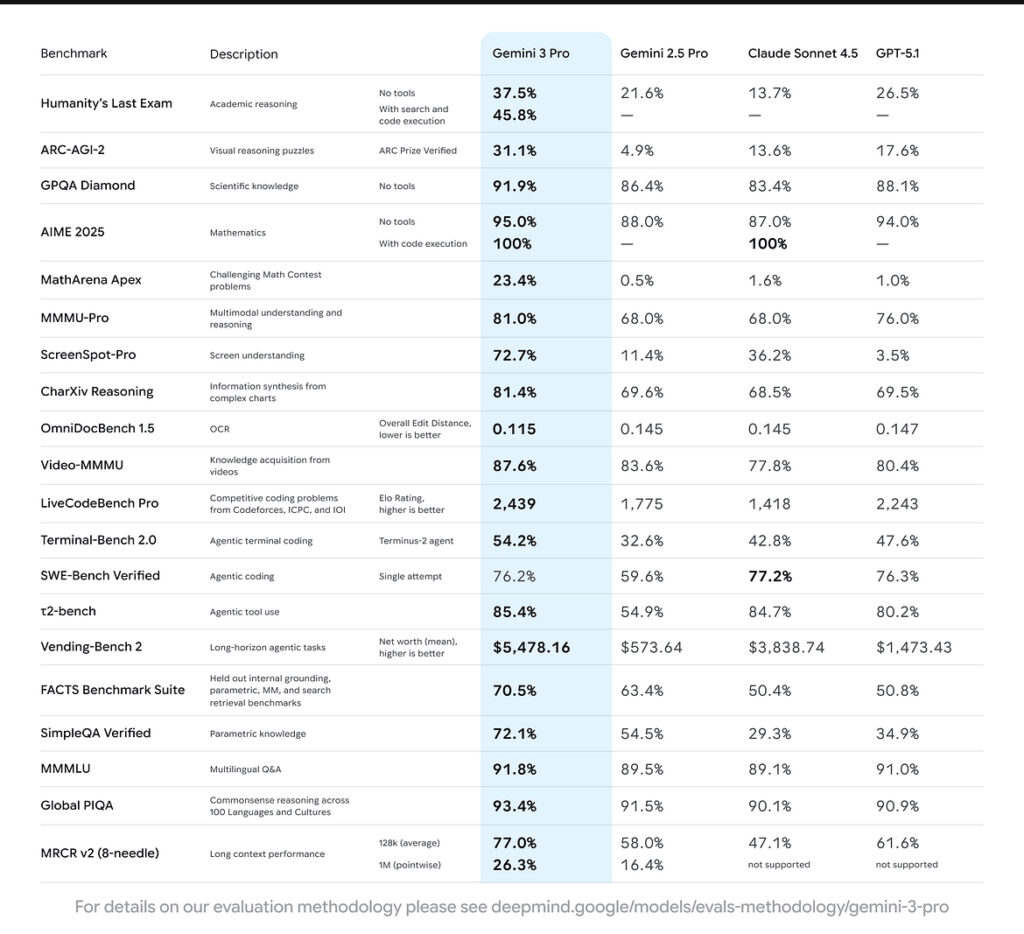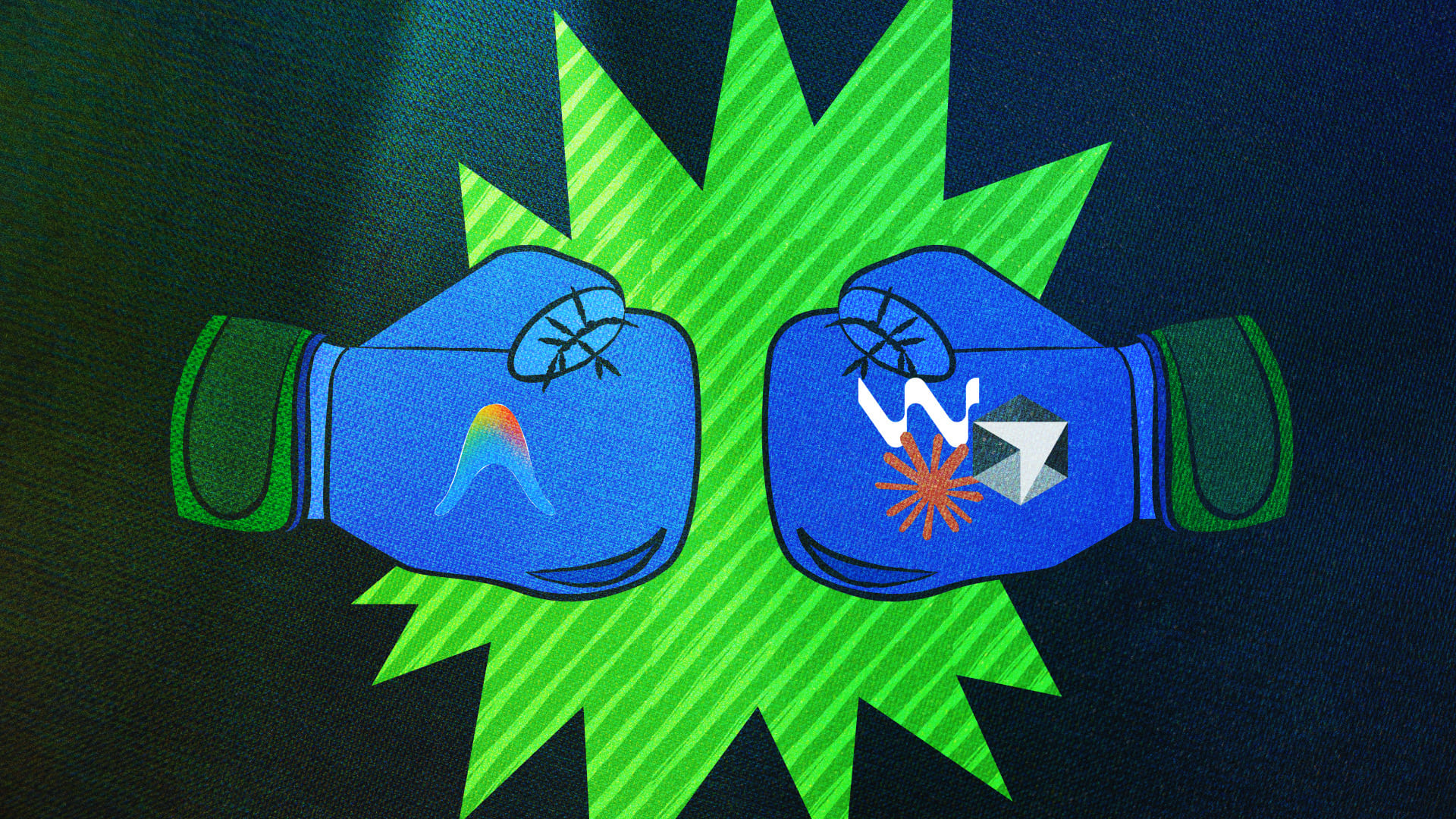Google launched Antigravity on Wednesday with an edge independent AI Integrated Development Environments (IDE) cannot match (yet). It’s free, powered by Gemini 3 Pro—the top-ranked model on the LMArena leaderboard—and built by the same company that controls the model.
That combination puts tools like Cursor and Windsurf at a disadvantage. They have been renting intelligence since the ‘AI coding era’ from OpenAI, Anthropic, or Google while competing against platforms those companies are now building themselves.
Antigravity, by contrast, lets developers manage AI agents that write code, and early tests show Gemini 3 can handle complex workflows—though the platform still needs a bit of hand-holding to run fully autonomously.
To see this in action, we spoke with developers experienced in vibe coding about what Antigravity changes in practice and why owning the underlying AI may matter more than any model upgrade.
The foundation everyone’s building on
Antigravity, like Cursor and Windsurf before it, is built on a fork of Visual Studio Code—a strategic choice. When Microsoft launched VS Code in 2015, it disrupted heavier IDEs by being fast, open, and highly extensible. Its open-source license meant anyone could fork, customise, and build on top of it.
AI arrived in VS Code gradually. Microsoft’s IntelliCode introduced early transformer-based suggestions, and GitHub Copilot, launched in 2021 with OpenAI’s Codex, turning the editor into something closer to an AI collaborator. By 2025, Copilot’s chat and suggestion features were integrated directly into VS Code’s core.
But the open-source foundation that made VS Code dominant also created the current fragmentation. Companies began forking it to push AI from assistance to autonomy. Cursor relies on OpenAI’s models, Windsurf mixes several, and Antigravity, powered by Gemini 3, lets agents control browsers, run terminal commands, and validate builds independently. The definition of an IDE has been shifting over the past two years: developers are increasingly managing agents that plan and execute tasks, rather than writing every line of code themselves.
To accelerate that vision, Google didn’t just build on VS Code—they acquired the talent behind one of its most promising forks. In a $2.4 billion deal, Google hired Windsurf’s CEO Varun Mohan, co-founder Douglas Chen, and key R&D staff for DeepMind, along with non-exclusive rights to license Windsurf technology. This move followed the collapse of OpenAI’s planned $3 billion Windsurf acquisition and left Cognition with what remained: the product, brand, and a 250-person team.
Michael Ezeh, a freelance finance developer familiar with AI IDEs, said Google effectively acquired the core team that made Windsurf work: designers and product managers who built what he considers a more mature platform than what currently exists.
Artifacts: How agents show their work
Antigravity introduces what Google calls Artifacts: task lists, plans, screenshots, and browser recordings that automatically document what agents do and plan to do next.
Designed to solve a trust problem, Artifacts give developers a digestible, verifiable record of agent activity, without micromanaging every step. Developers can comment directly on specific Artifacts, letting agents learn and adapt without interrupting ongoing tasks. Below is an example of an Artifact in action.
If an agent produces an Artifact you want adjusted, you can annotate it for later updates, letting the workflow continue uninterrupted. Google says agents in Antigravity can learn from past tasks, retaining code snippets and sequences to improve over time.
Antigravity also supports two views for interacting with agents:
- Editor view: traditional IDE interface with an agent side panel.
- Manager view: orchestrate multiple agents in parallel across workspaces.
Agents can also operate in real browsers via a Chrome extension, testing interfaces and iterating visually. Combined with Artifacts, this gives developers a clear, verifiable record of agent activity without interrupting their workflow.
Ezeh, who usually prefers Windsurf over Cursor for its capabilities and pricing, tested Antigravity with Gemini 3 when it launched, applying his own approach for evaluating AI IDEs and seeing how the workflows handle multi-step tasks in practice.
Testing Antigravity through structured tasks
Ezeh doesn’t evaluate AI IDEs through standard coding exercises. He gives them research and data retrieval projects instead, creating files and instructing the agent to populate them with specific data while building Extract, Transform, and Load (ETL) pipelines to clean and structure information.
Running this test across models revealed distinct differences. Claude produced mostly hallucinations. OpenAI hit context length limitations. But Gemini 3 in Antigravity created detailed frameworks and integration plans, then methodically worked through each step after approval. Ezeh described watching it progress through tasks with deliberate attention to detail.
Gemini 3 Pro tops the LMArena leaderboard with a 1,501 Elo score and achieves 76.2% on SWE-bench Verified. Windsurf doesn’t have Gemini 3 access yet. It runs on OpenAI 5.1 and Gemini 2.5.

The performance difference matters because Ezeh’s workflow depends on models maintaining context through multi-step processes. Windsurf lets you queue continuation messages. When the model stops to ask a question, it loads each queued message sequentially as it progresses. Ezeh can set up tasks and walk away.
Antigravity, on the other hand, sends all queued messages at once instead of one by one. That forced Ezeh to monitor rather than delegate. Even after setting it to run commands automatically, it kept prompting for approval on basic operations.

Why model ownership works
Antigravity is free, with rate limits for Gemini 3 Pro that refresh every five hours. Google claims only a very small fraction of power users will hit these limits. The platform also supports Claude Sonnet 4.5 and OpenAI’s GPT-OSS, but Ezeh noticed OpenAI models didn’t appear in the available options. Different models excel at different tasks—some handle front-end work better, others perform stronger on back-end. Windsurf and Cursor offer this flexibility. Antigravity doesn’t, likely because Google is pushing Gemini 3 as the best-in-class option while keeping the platform free.
“Since they’re not charging for tokens yet, paying OpenAI for access to competing models might not align with their strategy,” he says. Windsurf shows exactly how many messages you can send to each model. Antigravity provides no token tracking. Without visibility into limits, developers don’t know when they’ll hit walls, particularly with Claude, which Google doesn’t own.
Prince, a Flutter developer who tested Antigravity when it launched, said the Model Context Protocol (MCP) feature he wanted to explore wasn’t working yet. Even so, he saw the appeal: “It’s free, so you can install it and experiment without commitment.”
Ezeh believes Antigravity could overtake Windsurf within a few iterations. He estimates it needs a month or two of bug fixes to reach Windsurf’s maturity. But the structural advantage remains: independent tool makers don’t control the models, so they lag when model creators become direct competitors. We saw that happen with open and closed models.
Google’s ambition is direct: they want Antigravity to be the home base for software development in the era of agents. The platform is built around trust through Artifacts, autonomy via direct tool access, continuous feedback, and self-improvement. Whether they get there depends on how quickly they fix the bugs that currently disrupt the autonomous workflow they’re promising. If they do, and Gemini 3 stays free, Ezeh doesn’t think tools like Cursor will have much to stand on.
Get passive updates on African tech & startups
View and choose the stories to interact with on our WhatsApp Channel
Explore




